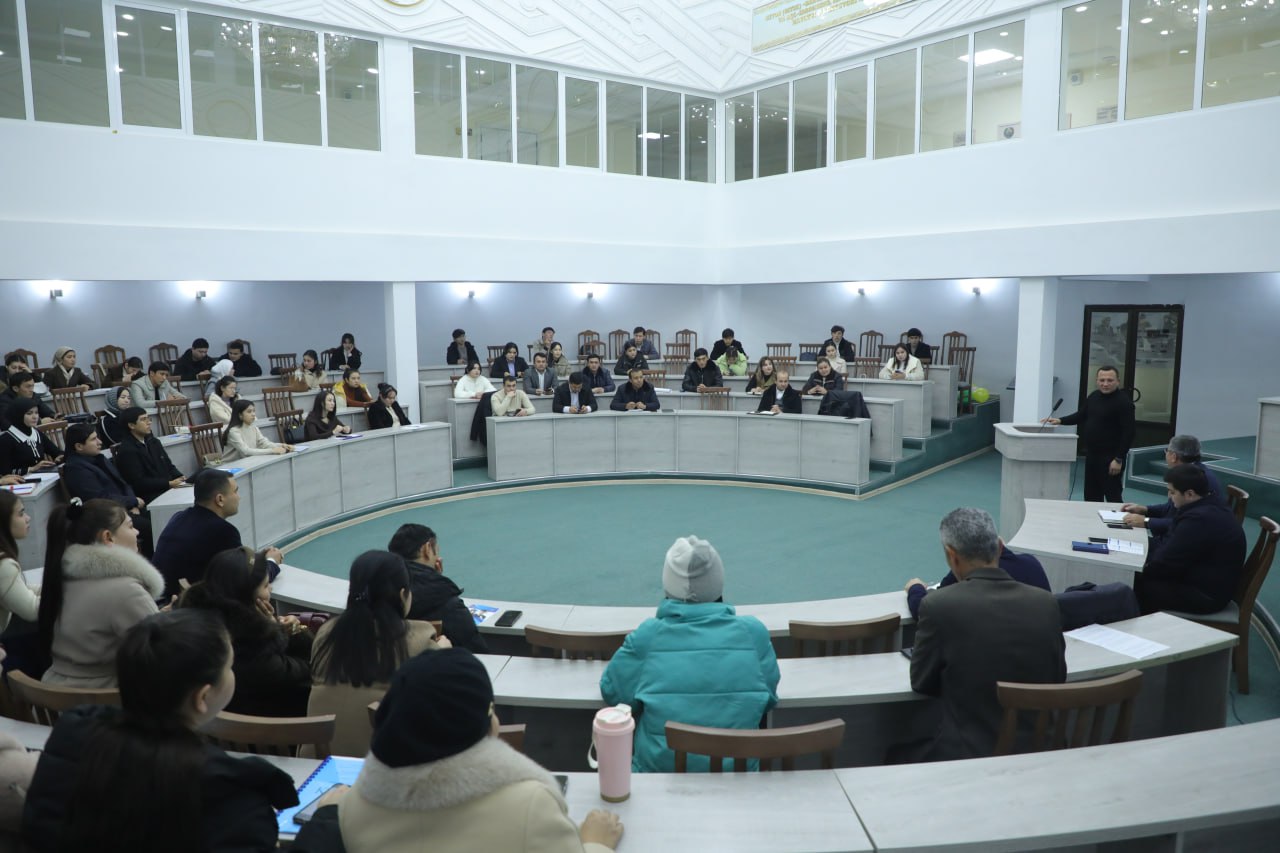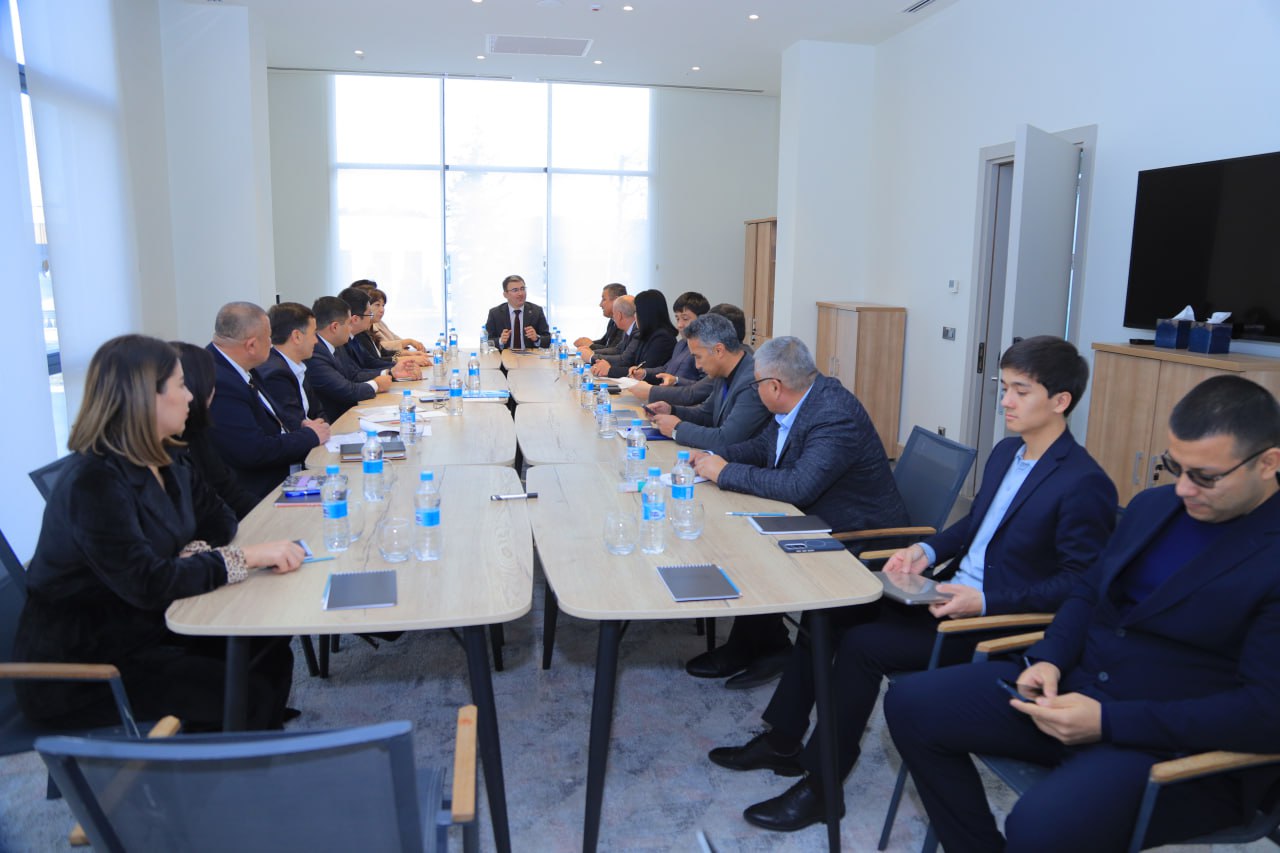Ilmiy ommaviy maqolalar
- Barcha
- Ekofaol talabalar
- Karera markazi
- Kelajakka qadam
- Korrupsiyaga qarshi kurash
- Mahalla va universitet
- Ustozlar suhbatin qo‘msar bu ko‘ngil
Ilmiy ommaviy maqolalar
|
24/03/2023
Chop etish
(English) COORDINATION OF THE PEDAGOGICAL PROCESS AND THE CHOICE OF THE RIGHT TEACHING METHODS – AN IMPORTANT ASPECT OF THE EFFECTIVENESS OF EDUCATION AND UPBRINGING
Boshqa rubrikalarda mashhur

Jizzax davlat pedagogika universitetida “Har shanba — uzluksiz kasbiy rivojlantirish kuni” deb e’lon qilingan tashabbus doirasida professor-o‘qituvchilar uchun navbatdagi seminar-trening bo‘lib o‘tdi. Tadbir universitet Madaniyat...

Jizzax davlat pedagogika universitetida Tabiiy fanlar fakulteti bitiruvchi talabalari uchun ish beruvchilar bilan ochiq muloqot va amaliy seminar tashkil etildi.

Zomin dam olish maskanida pedagogika oliy ta’lim muassasalari ilmiy ishlar va innovatsiyalar bo‘yicha prorektorlari kengashining 5-sonli yig‘ilishi o‘tkazilmoqda.
So'nggi yangiliklar
10/12/2025


